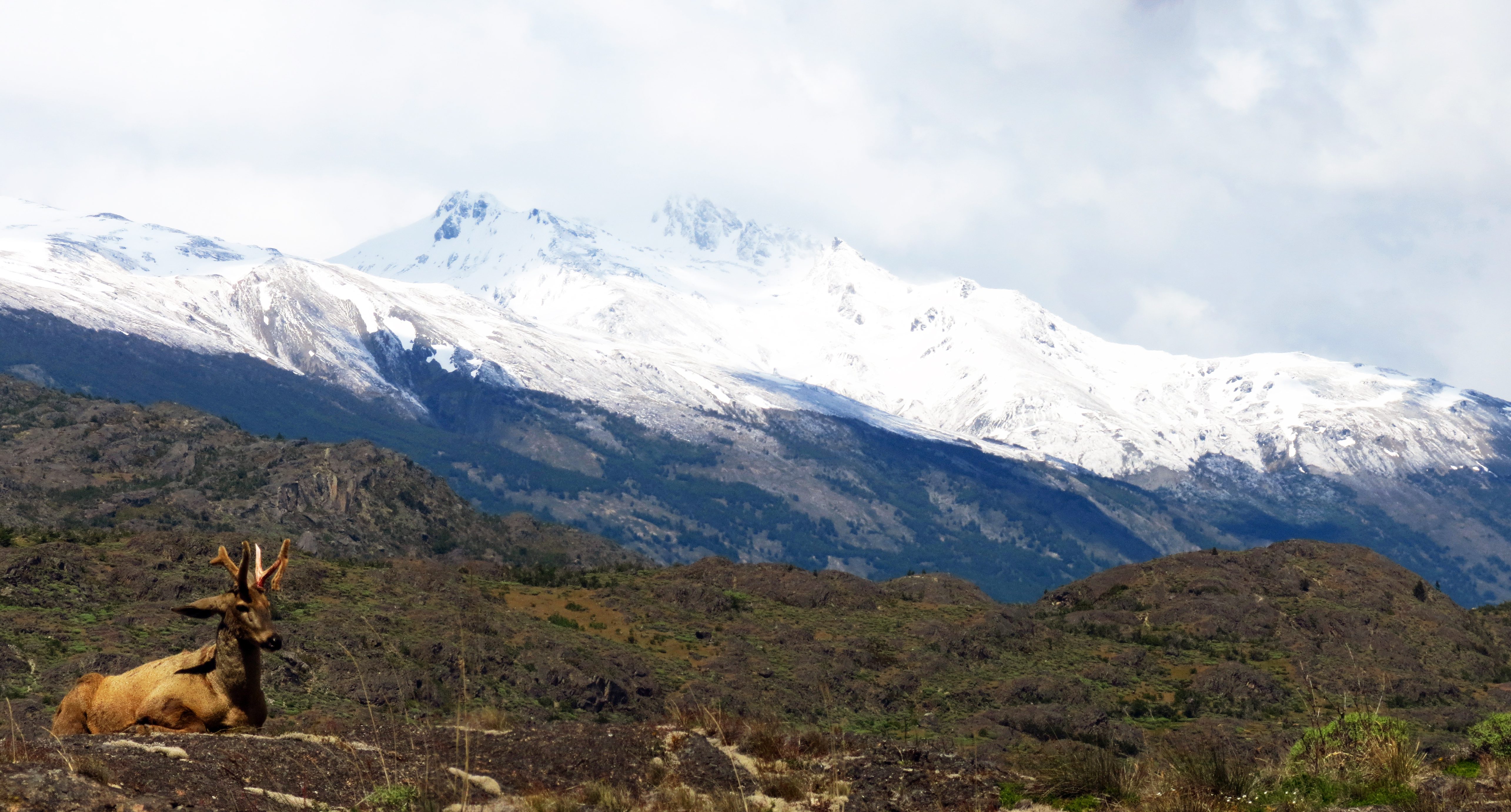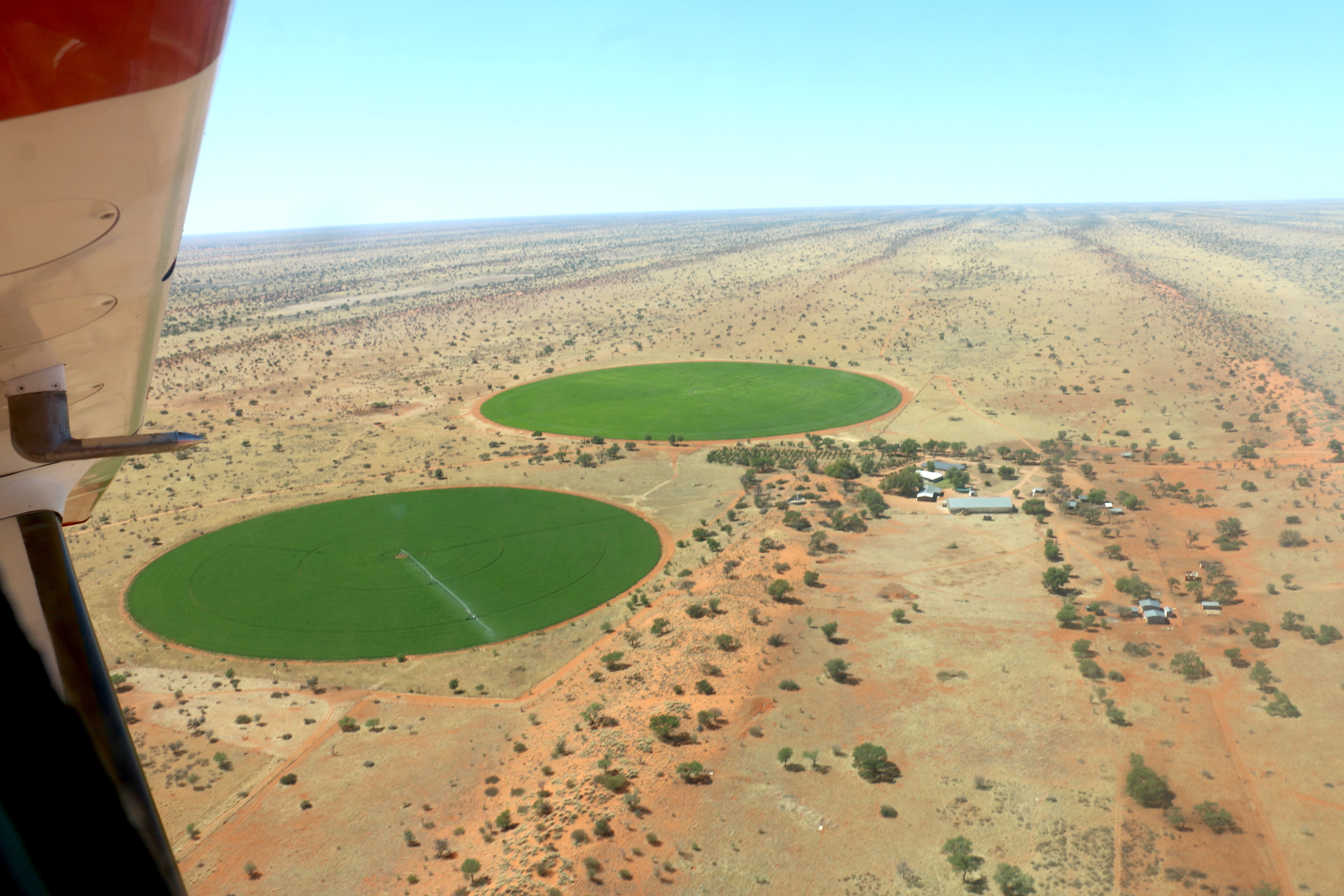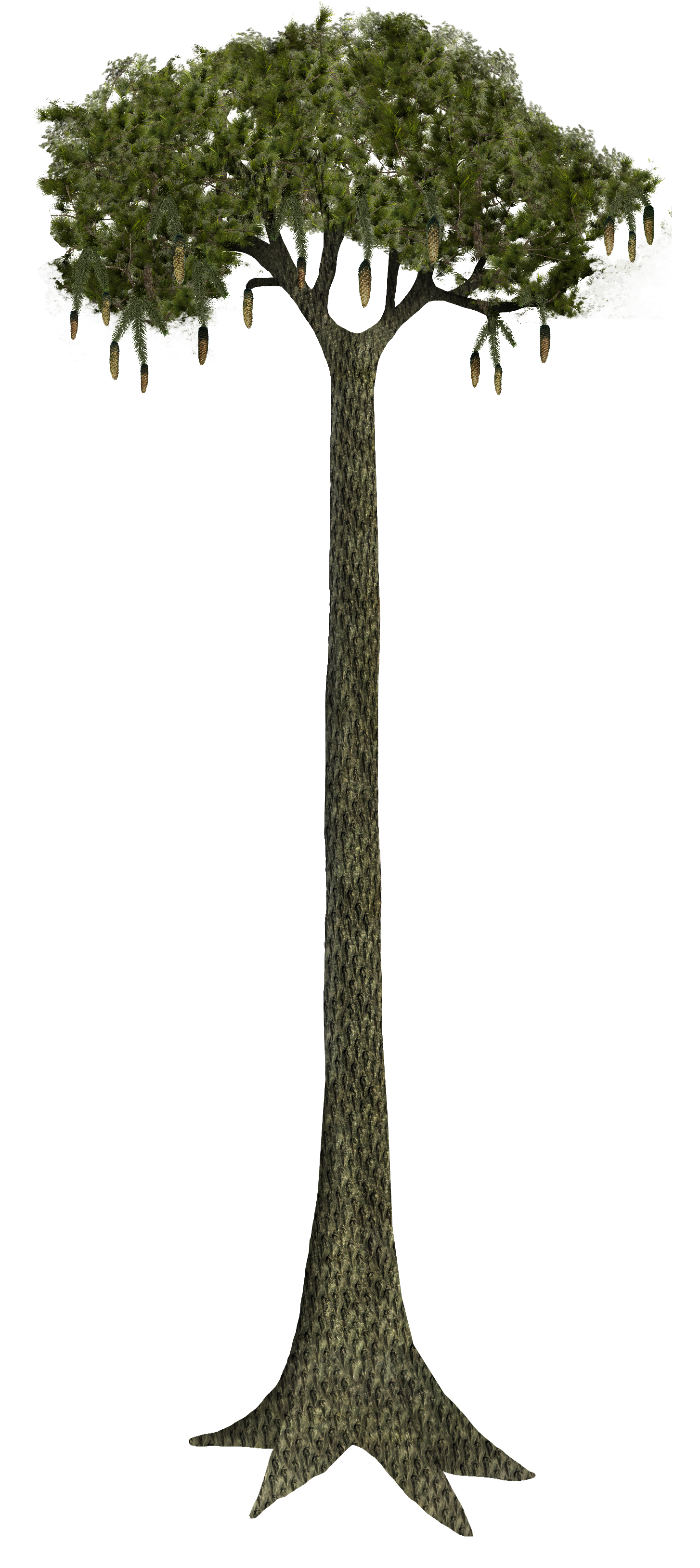|
Taruca
The taruca (''Hippocamelus antisensis''), also known as the Peruvian guemal, north Andean deer, north Andean huemul, northern huemul or northern guemal, is a mid sized deer species that inhabits the high regions of the Andes mountains in South America. The common name taruca means "deer" in both the Quechua and Aymara languages. The taruca is closely related to the southern guemal (''H. bisulcus''), the only other member of the '' Hippocamelus'' genus. Description The taruca is a medium-sized deer with a heavy body. It measures from head to rump, with an tail, and stands tall at the shoulder. Adults weigh between . As with most deer, males are significantly larger than females. It has sandy brown fur over most of its body, with white patches on the underside of its head, neck, tail, and genital region, and on the inner surface of its fore-legs. While females often have a dark brown area on the forehead, facial markings are much clearer in the males. The exact patterns vary ... [...More Info...] [...Related Items...] OR: [Wikipedia] [Google] [Baidu] |
Hippocamelus
''Hippocamelus'' is a genus of Cervidae, the deer family. It comprises two extant Andean and two fossil species. The living members are commonly known as the huemul (from the Mapuche language), and the taruca, also known as northern huemul. Both species have a stocky, thick, and short-legged body. They live at high altitudes in the summer. Though Taruca spends their whole life cycle at these high altitudes, especially as populations get nearer the Ecuator line, Southern Huemul, moves down the mountains in the fall and spend the winter in sheltered forested valleys. Areas with fresh water are preferred. They are herbivores that feed primarily on herbaceous plants and shrubs as well as sedges, lichens, and grasses found between the rocks on high peaks. They are active during daytime and have a lifespan of about ten years. Extant species Huemul The huemul (''Hippocamelus bisulcus''), also known as the South Andean deer, is found in Chile and Argentina. Huemuls live in group ... [...More Info...] [...Related Items...] OR: [Wikipedia] [Google] [Baidu] |
South Andean Deer
The south Andean deer (''Hippocamelus bisulcus''), also known as the southern guemal, south Andean huemul, southern huemul, or Chilean ''huemul'' or '' güemul'' ( , ), is an endangered species of deer native to the mountains of Argentina and Chile. Along with the northern guemal or taruca, it is one of the two mid-sized deer in the '' Hippocamelus'' genus and ranges across the high mountainsides and cold valleys of the Andes. The distribution and habitat, behaviour, and diet of the deer have all been the subject of study. The viability of the small remaining population is an outstanding concern to researchers. The huemul is part of Chile's national coat of arms and is since 2006 a National Natural Monument. Description The south Andean deer is well-adapted to broken, difficult terrain with a stocky build and short legs. A brown to greyish-brown coat tapers to white undersides and a white marked throat; the long, curled hairs of the coat provide protection against cold and m ... [...More Info...] [...Related Items...] OR: [Wikipedia] [Google] [Baidu] |
Deer
A deer (: deer) or true deer is a hoofed ruminant ungulate of the family Cervidae (informally the deer family). Cervidae is divided into subfamilies Cervinae (which includes, among others, muntjac, elk (wapiti), red deer, and fallow deer) and Capreolinae (which includes, among others reindeer (caribou), white-tailed deer, roe deer, and moose). Male deer of almost all species (except the water deer), as well as female reindeer, grow and shed new antlers each year. These antlers are bony extensions of the skull and are often used for combat between males. The musk deer ( Moschidae) of Asia and chevrotains ( Tragulidae) of tropical African and Asian forests are separate families that are also in the ruminant clade Ruminantia; they are not especially closely related to Cervidae. Deer appear in art from Paleolithic cave paintings onwards, and they have played a role in mythology, religion, and literature throughout history, as well as in heraldry, such as red deer that app ... [...More Info...] [...Related Items...] OR: [Wikipedia] [Google] [Baidu] |
Alfalfa
Alfalfa () (''Medicago sativa''), also called lucerne, is a perennial plant, perennial flowering plant in the legume family Fabaceae. It is cultivated as an important forage crop in many countries around the world. It is used for grazing, hay, and silage, as well as a green manure and cover crop. The name alfalfa is used in North America. The name lucerne is more commonly used in the United Kingdom, South Africa, Australia, and New Zealand. The plant superficially resembles clover (a cousin in the same family), especially while young, when glossary of leaf morphology#trifoliate, trifoliate leaves comprising round leaflet (botany), leaflets predominate. Later in maturity, leaflets are elongated. It has raceme, clusters of small purple flowers followed by fruits spiralled in two to three turns containing 10–20 seeds. Alfalfa is native to warmer temperate climates. It has been cultivated as livestock fodder since at least the era of the Ancient Greece, ancient Greeks and Ancient R ... [...More Info...] [...Related Items...] OR: [Wikipedia] [Google] [Baidu] |
Senecio
''Senecio'' is a genus of flowering plants in the daisy family (Asteraceae) that includes ragworts and groundsels. Variously circumscribed taxonomically, the genus ''Senecio'' is one of the largest genera of flowering plants. Description Morphology The flower heads are normally rayed with the heads borne in branched clusters, and usually completely yellow, but green, purple, white and blue flowers are known as well. In its current circumscription, the genus contains species that are annual or perennial herbs, shrubs, small trees, aquatics or climbers. The only species which are trees are the species formerly belonging to '' Robinsonia'' occurring on the Juan Fernández Islands. Chemistry Pyrrolizidine alkaloids are found in all ''Senecio'' species. These alkaloids serve as a natural biocides to deter or even kill animals that would eat them. Livestock generally do not find them palatable. ''Senecio'' species are used as food plants by the larvae of some Lepidoptera spec ... [...More Info...] [...Related Items...] OR: [Wikipedia] [Google] [Baidu] |
Lupinus
''Lupinus'', commonly known as lupin, lupine, or regionally bluebonnet, is a genus of plants in the legume family Fabaceae. The genus includes over 199 species, with centre of diversity, centres of diversity in North America, North and South America. Smaller centres occur in North Africa and the Mediterranean Basin, Mediterranean. They are widely cultivated, both as a food source and as ornamental plants, but are invasive to some areas. Description The species are mostly herbaceous perennial plants tall, but some are annual plants and a few are bush lupin, shrubs up to tall. An exception is the ''chamis de monte'' (''Lupinus jaimehintonianus'') of Oaxaca in Mexico, which is a tree up to tall. Lupins have soft green to grey-green leaves which may be coated in silvery hairs, often densely so. The leaf blades are usually palmately divided into five to 28 leaflets, or reduced to a single leaflet in a few species of the southeastern United States and eastern South America. Th ... [...More Info...] [...Related Items...] OR: [Wikipedia] [Google] [Baidu] |
Senna (plant)
''Senna'', the sennas, is a large genus of flowering plants in the legume family (Fabaceae, subfamily Caesalpinioideae, tribe ''Cassieae'' ser. ''Aphyllae'' ). This diverse genus is native throughout the tropics, with a small number of species in temperate regions. The number of species is estimated to be from about 260 to 350. Randell, B. R. and B. A. Barlow. 1998. ''Senna''. pp 89-138. In: A. S. George (executive editor). ''Flora of Australia'' volume 12. Australian Government Publishing Service: Canberra, Australia. The type species for the genus is '' Senna alexandrina''. About 50 species of ''Senna'' are known in cultivation.Huxley, A., et al. (1992). ''The New Royal Horticultural Society Dictionary of Gardening''. The Macmillan Press, Limited: London. The Stockton Press: New York. (set). Description Plants in the genus ''Senna'' are shrubs, sometimes small trees or perennial herbs. The leaves are arranged alternately, paripinnate with up to 25 pairs of leaflets, each leaf ... [...More Info...] [...Related Items...] OR: [Wikipedia] [Google] [Baidu] |
Valeriana
''Valeriana'' is a genus of flowering plants in the family Caprifoliaceae, members of which may be commonly known as valerians. It contains many species, including the garden valerian, ''Valeriana officinalis''. ''Valeriana'' has centers of diversity in Eurasia and South America (especially in the Andes), and is represented by native species on all continents except Antarctica. Some species have been introduced to parts of the world outside their native range, including '' Valeriana rubra'' in the western United States and '' Valeriana macrosiphon'' in Western Australia. Taxonomy The genus was named by Carl Linnaeus after the Roman emperor Publius Licinius Valerianus who was said to use the plant as medicine. The emperor's personal name comes from '' Valeria'' and the Latin verb ''valeo'' which means "to be strong". 32 previously recognized genera, including ''Centranthus'', ''Fedia'', and ''Plectritis'', are now considered synonyms of ''Valeriana''. Species in the form ... [...More Info...] [...Related Items...] OR: [Wikipedia] [Google] [Baidu] |
Lycopodiopsida
Lycopodiopsida is a class of vascular plants also known as lycopsids, lycopods, or lycophytes. Members of the class are also called clubmosses, firmosses, spikemosses and quillworts. They have dichotomously branching stems bearing simple leaves called microphylls and reproduce by means of spores borne in sporangia on the sides of the stems at the bases of the leaves. Although living species are small, during the Carboniferous, extinct tree-like forms ( Lepidodendrales) formed huge forests that dominated the landscape and contributed to coal deposits. The nomenclature and classification of plants with microphylls varies substantially among authors. A consensus classification for extant (living) species was produced in 2016 by the Pteridophyte Phylogeny Group (PPG I), which places them all in the class Lycopodiopsida, which includes the classes Isoetopsida and Selaginellopsida used in other systems. (See Table 2.) Alternative classification systems have used ranks from di ... [...More Info...] [...Related Items...] OR: [Wikipedia] [Google] [Baidu] |
Alcide Dessalines D’Orbigny
Alcide Charles Victor Marie Dessalines d'Orbigny (6 September 1802 – 30 June 1857) was a French naturalist who made major contributions in many areas, including zoology (including malacology), palaeontology, geology, archaeology and anthropology. D'Orbigny was born in Couëron (Loire-Atlantique), the son of a ship's physician and amateur naturalist. The family moved to La Rochelle in 1820, where his interest in natural history was developed while studying the marine fauna and especially the microscopic creatures that he named "foraminiferans". In Paris he became a disciple of the geologist Pierre Louis Antoine Cordier (1777–1861) and Georges Cuvier. All his life, he would follow the theory of Cuvier and stay opposed to Lamarckism. South American era D'Orbigny travelled on a mission for the Paris Museum, in South America between 1826 and 1833. He visited Venezuela, Colombia, Ecuador, Peru, Bolivia, Chile, Argentina, Paraguay, and Brazil, and returned to France with an enorm ... [...More Info...] [...Related Items...] OR: [Wikipedia] [Google] [Baidu] |
Barley
Barley (), a member of the grass family, is a major cereal grain grown in temperate climates globally. It was one of the first cultivated grains; it was domesticated in the Fertile Crescent around 9000 BC, giving it nonshattering spikelets and making it much easier to harvest. Its use then spread throughout Eurasia by 2000 BC. Barley prefers relatively low temperatures and well-drained soil to grow. It is relatively tolerant of drought and soil salinity, but is less winter-hardy than wheat or rye. In 2023, barley was fourth among grains in quantity produced, 146 million tonnes, behind maize, rice, and wheat. Globally, 70% of barley production is used as animal feed, while 30% is used as a source of fermentable material for beer, or further distilled into whisky, and as a component of various foods. It is used in soups and stews and in barley bread of various cultures. Barley grains are commonly made into malt using a traditional and ancient method of preparatio ... [...More Info...] [...Related Items...] OR: [Wikipedia] [Google] [Baidu] |
Gentianella
''Gentianella'' is a plant genus in the Gentianaceae, gentian family (Gentianaceae). Plants of this genus are known commonly as dwarf gentians. there were about 256 species in this genus. They are herbs that occur in alpine and arctic habitat types. They are distributed in the Americas, Eurasia, northern Africa, Australia, and New Zealand.von Hagen, K. B., & Kadereit, J. W. (2001)The phylogeny of ''Gentianella'' (Gentianaceae) and its colonization of the southern hemisphere as revealed by nuclear and chloroplast DNA sequence variation.''Organisms Diversity & Evolution'', 1(1), 61-79. Selected species *''Gentianella alborosea'' – Hercampuri; Peru *''Gentianella amarella'' – Autumn gentian, felwort; Northern Europe, United States, Canada *''Gentianella anglica'' – Early gentian; Great Britain *''Gentianella androsacea'' Ecuador *''Gentianella anisodonta'' Europe (Austria,Switzerland, Italy, Slovenia, Croatia and Turkey. *''Gentianella antarctica'' *''Gentianella arenaria'' P ... [...More Info...] [...Related Items...] OR: [Wikipedia] [Google] [Baidu] |







